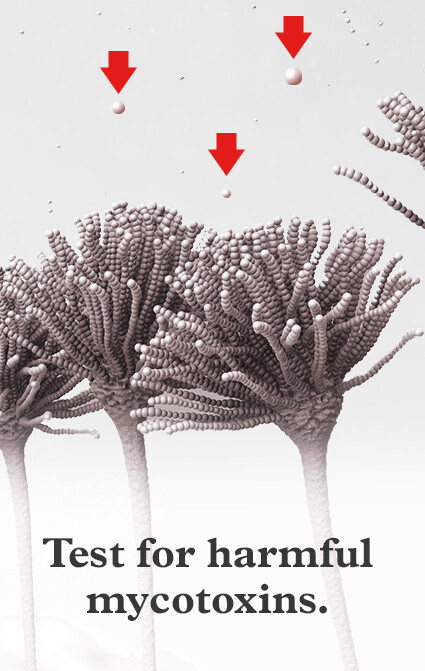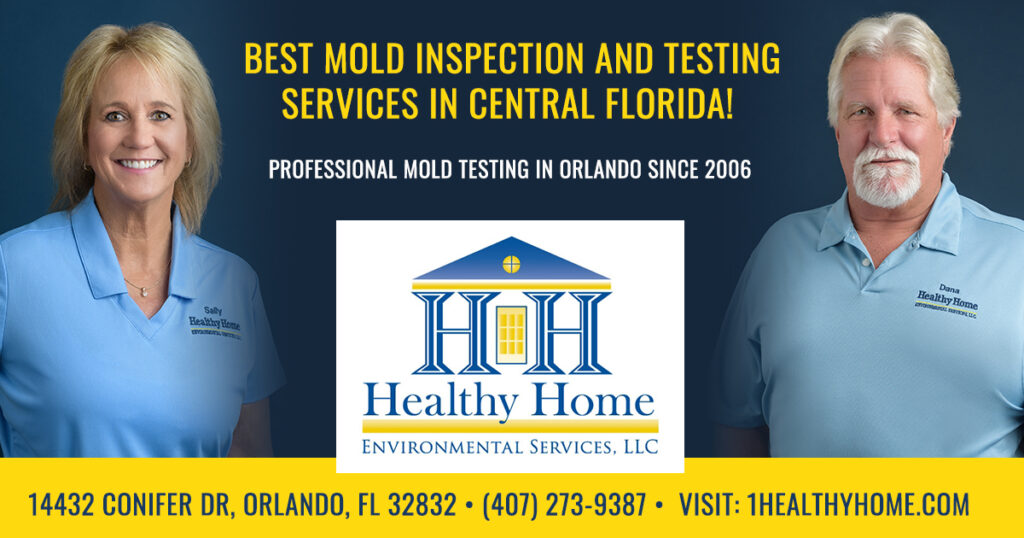Improve Your Safety And Security Protocols with Expert Mycotoxin testing Services
Ensuring Conformity With Regulations: the Function of Mycotoxin Checking in Quality Assurance
Ensuring compliance with rigorous regulations is extremely important for maintaining food security, and the duty of mycotoxin screening in quality control can not be overemphasized. Mycotoxins, toxic substances generated by specific mold and mildews, pose considerable wellness dangers, making their discovery vital in food production.
Recognizing Mycotoxins
Comprehending mycotoxins is essential to guaranteeing the top quality and safety of agricultural products. The most notorious mycotoxins include aflatoxins, ochratoxins, fumonisins, and trichothecenes, each associated with specific fungal species and ecological conditions.
The presence of mycotoxins in food products can lead to chronic and intense health and wellness concerns, including liver damage, immune reductions, and carcinogenic results. By understanding the resources, kinds, and effects of mycotoxins, stakeholders in the agricultural field can better implement preventative measures and reduce risks, making certain safer usage for end-users.
Governing Criteria for Mycotoxins
Having established a fundamental understanding of mycotoxins and their influence on food safety and security, it is important to examine the governing criteria controling their presence in agricultural products. Regulatory standards for mycotoxins are vital due to the fact that they define permitted restrictions, ensuring food safety and protecting public health. Various international and national firms have actually established these restrictions based upon detailed danger evaluations.
The Codex Alimentarius Compensation, a global body developed by the FAO and that, offers guidelines and maximum allowed degrees for different mycotoxins in food and feed. For example, the Codex has set limits for aflatoxins in peanuts, maize, and dried out figs, amongst various other assets. These criteria are frequently embraced or adjusted by specific countries to fit their specific demands.
In the European Union, Policy (EC) No 1881/2006 specifies maximum levels for numerous mycotoxins, such as aflatoxins, ochratoxin A, and deoxynivalenol, in various food. The United State Food and Drug Administration (FDA) has actually established activity levels for mycotoxins like aflatoxins in assets such as nuts and grains.
Adherence to these regulatory requirements is vital for preserving market accessibility, consumer trust fund, and public health and wellness. Non-compliance can lead to considerable economic losses and health and wellness threats, highlighting the significance of rigorous mycotoxin testing methods.
Evaluating Techniques and Technologies

ELISA is widely appreciated for its cost-effective and fast testing capacities, making it optimal for high-throughput settings. It counts on antibodies to detect specific mycotoxins, offering results in a relatively brief time structure. Its level of sensitivity may be restricted compared to much more innovative techniques.
HPLC, on the various other hand, masters supplying quantitative analysis with high precision and precision. It divides complex blends right into private parts, making it very efficient for recognizing and quantifying several mycotoxins concurrently - Mycotoxin testing Services. This strategy, while much more taxing and resource-intensive than ELISA, supplies a higher level of integrity

LC-MS represents the pinnacle of analytical specificity and level of sensitivity. Integrating the separation power of liquid chromatography with the detection abilities of mass spectrometry, LC-MS can find even trace levels of mycotoxins. This method is indispensable for confirming the presence of mycotoxins go to these guys in forensic and regulative contexts, guaranteeing conformity with rigid safety requirements.
Applying Checking Procedures

Including these sophisticated screening methods right into a comprehensive top quality control framework requires a well-structured method to implementing testing protocols. To achieve this, companies should first carry out an extensive threat analysis to identify prospective mycotoxin contamination factors within the supply chain. This analysis educates the development of a customized testing review strategy that attends to certain susceptabilities.
Following, establishing standard sampling procedures is vital. Regular tasting ensures that test outcomes are dependable and agent of the whole set (Mycotoxin testing Services). Adhering to guidelines from regulative bodies, such as the FDA or EFSA, helps keep compliance and improves the integrity of the testing process
Training employees is an additional critical component. Staff must excel in both example collection and the procedure of screening tools. Regular training sessions and certification programs can guarantee that team participants remain upgraded with the newest strategies and regulatory changes.
Advantages of Mycotoxin Testing
Mycotoxin testing offers countless benefits that considerably enhance the safety and security and quality of food and feed items. Mainly, it works as an essential control step to stop polluted goods from getting to the customer market, thus securing public wellness. By identifying and evaluating mycotoxins such as fumonisins, ochratoxins, and aflatoxins, producers can guarantee that their items satisfy rigorous regulatory requirements, hence preventing possible lawful consequences and linked costs.
Furthermore, mycotoxin screening contributes to the economic stability of food and feed industries by lessening the threat of large-scale item remembers. The ability to isolate and identify contaminated batches early in the manufacturing process decreases waste and protects against the financial losses connected with damaged brand track record. Furthermore, it promotes customer trust fund and loyalty, as clients are significantly aware of food security concerns and need higher quality requirements.
The implementation of routine mycotoxin screening additionally promotes finest methods within agricultural and production sectors. By sticking to strenuous testing methods, firms can optimize their high quality control processes, boost operational efficiency, and guarantee the constant production of safe, top notch products. To conclude, the benefits of mycotoxin testing are multifaceted, adding to public wellness, financial security, and market integrity.
Final Thought
Mycotoxin screening is crucial in ensuring conformity with governing standards, thereby preserving food security and top quality control. Thus, mycotoxin screening remains an essential element of modern-day food safety management systems.
Guaranteeing compliance with internet stringent policies is extremely important for maintaining food safety, and the function of mycotoxin screening in top quality control can not be overemphasized.In the world of mycotoxin screening, progressed innovations and techniques are essential in making certain food safety and regulatory conformity.Mycotoxin screening offers numerous benefits that substantially boost the safety and security and top quality of food and feed items.Mycotoxin screening is crucial in guaranteeing conformity with governing criteria, thereby preserving food security and quality control. Thus, mycotoxin screening continues to be an important element of contemporary food security monitoring systems.